



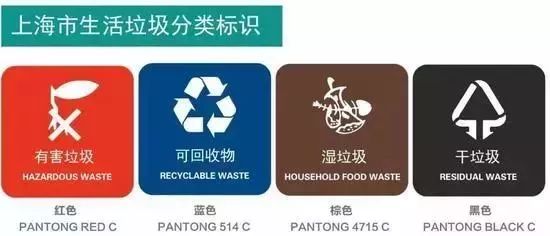
Challenge / opportunity
Nowadays, Shanghai has taken the lead in classifying waste into the rule of law framework, so Beijing, Guangzhou, Shenzhen...the pace of garbage sorting in other cities in China will not be far away. By 2025, the city's prefecture-level and above cities will basically have a garbage sorting system.
For the textile industry, what are the opportunities and challenges after waste sorting?
As a kind of recyclable resource, waste textiles can save a lot of textile raw materials if they are used effectively, thus alleviating the problem of oil consumption and arable land shortage. At the same time, it also reduces the emission of harmful gases generated by textile waste incineration. Landfilling causes pollution of the land. Therefore, the recycling of used clothes is of great significance to the natural environment and society.
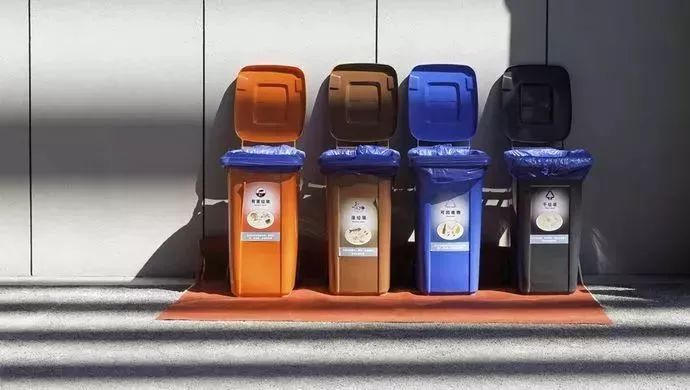
Freedom from value and price
As seen in the Shanghai waste sorting details, the old clothes are recyclable. It is worth noting that the old underwear and towels are dry garbage (other garbage).
In addition, industrial textiles such as napkins and diapers are classified as dry garbage. Although sanitary napkins and masks are not shown in the drawings, these two types are basically cotton and non-woven materials. Since they are disposable, they are not available. The value of recycling is also dry garbage (other garbage).
As for degradable materials, masks made from environmentally friendly fibers such as lyocell are treated like stained paper.
In addition, there are large-sized garbage with relatively large volume, such as beds, mattresses, sofas, etc. in the field of home textiles, which must be designated as recycling sites and cannot be placed in domestic garbage. That is to say, recyclable textiles are mainly concentrated in old clothes.
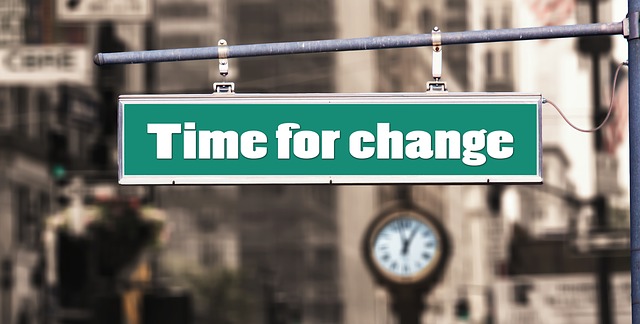
Disposal of used textiles
It is understood that at present, most of the treatment methods for waste textiles in China, except for a small part of recycling and recycling, are mainly based on incineration and landfill. At the same time, some of them can be reworked into shredded fabrics of various products by shearing, or recycled products can be produced by secondary design; about 15% recycled, that is, waste textiles are made into recycled fibers by physical or chemical methods.
Despite this, the recycling of used textiles has not been fully explored. In terms of “waste”, China can basically re-use textile products and have a complete industrial chain. However, in the “old” aspect, China still lacks a complete recycling system, sorting and distribution industry chains. Matching, there is no virtuous circle yet.
Difficulties in recycling and recycling used textiles
The recycling cost of waste textiles includes collection, transportation, disinfection, decomposition, etc., which will generate a lot of costs. The high processing cost is also the consensus of the industry. In terms of “value” and “price”, it is still a problem that many enterprises consider. The "sunshine" is also a problem facing the development of the industry.
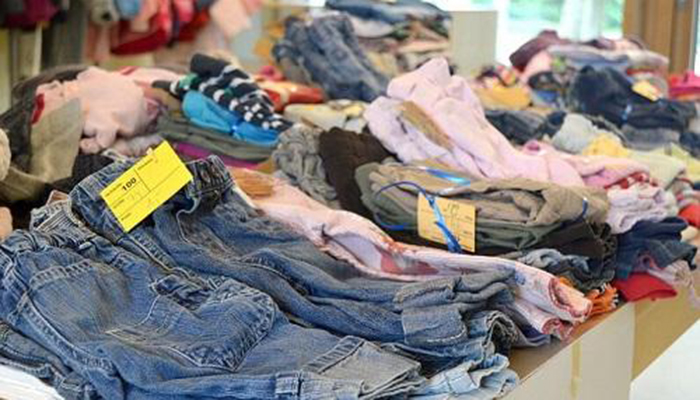
In fact, in addition to the cost of processing, fiber recycling is also a difficult point for the industry to overcome. For example, some cotton fabrics can be easily reused, but polyester fabrics are blended according to their blending ratio. The field of use. So how to distinguish the blending ratio, which materials are blended, whether it can be carbonized and whether it can be pressed and used is a difficult problem to be solved.
In addition, textile recycling enterprises are small individual enterprises, and each is a war, there is no large-scale leading enterprises engaged in large-scale, high-value, resource-based recycling.
At present, most domestic enterprises have not yet reached the advanced level of recycling and recycling. As an emerging industry, the waste textile industry can be expected in the future, but it has a long way to go.
On the eve of recycling, those who are not ready yet
Long way forward / exploration
In recent years, although the state attaches importance to resource conservation and the development of circular economy, China has not formed scale and industrialization at the initial stage, and it lacks relevant policy support.
At present, because there are still many security risks, China does not allow the trading of waste textiles, and there are few textile recycling enterprises led by the government.
As we all know, in the recycling of textiles, standards and related laws and regulations are needed to constrain and guide. In view of the fact that the recycling of used textiles is still in a gray area, some people in the industry also call on the state to give strong support to the policy, and at the same time, set standards for the recycling of used textiles as soon as possible.
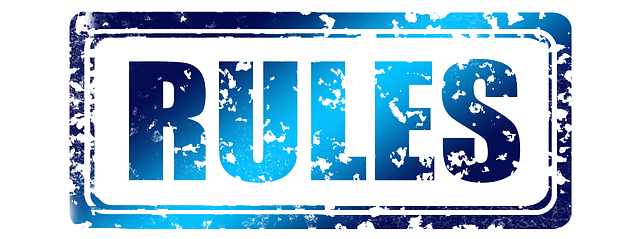
Previously, the recycling of used textiles was based on the relevant standards such as “Classification and Code of Waste Plastics” and “Technical Specifications for Waste Plastics Recycling”. However, since textiles are mostly blended, there is still a lack of applicability.
In view of the current garbage classification in Shanghai, waste textiles will be able to be classified and distributed more intensively, which will open a new era of government-led, waste textile transactions.
In the field of terminal consumption, individual experts suggest using the Internet + to allow consumers to consume, while the merchants can motivate consumers to take out textiles that they no longer need by means of “discount coupons”, which can make the company well practiced. Corporate social responsibility can also involve more people.

Yancheng Ruize Masterbatch Co., Ltd. mainly produces and operates: Non-woven masterbatch, Non-woven antibacterial masterbatch,antistatic masterbatch, polypropylene filament masterbatch, Polypropylene filament masterbatch, Non-woven masterbatch, polypropylene spunbond non-woven masterbatch, Polypropylene fiber masterbatch, chemical masterbatch, Non-woven masterbatch, polypropylene masterbatch, Soft hydrophilic masterbatch.